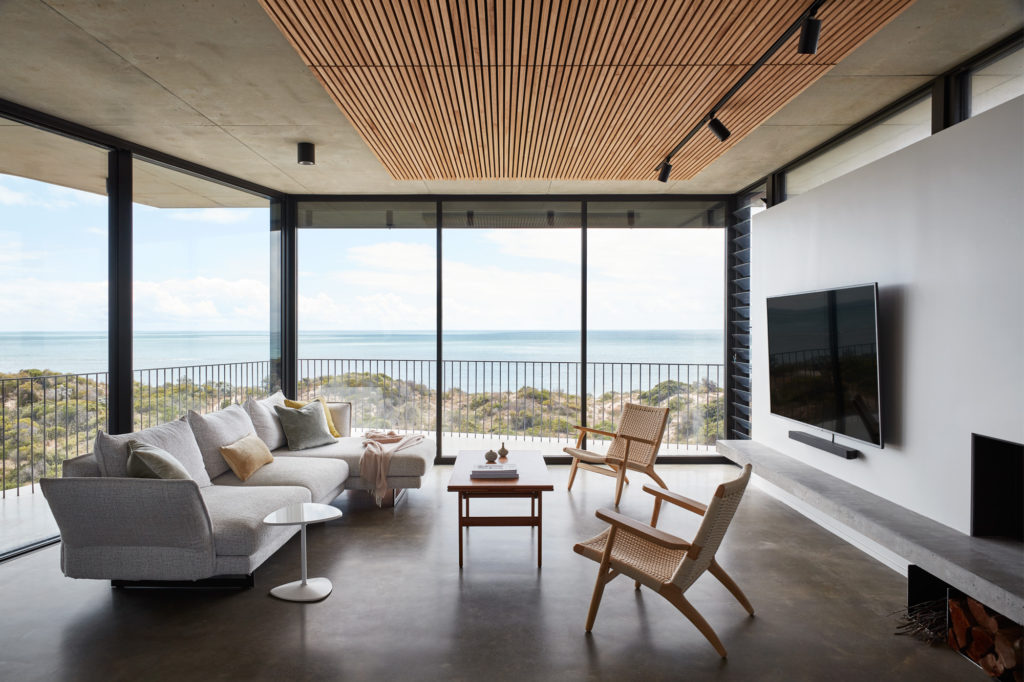Surface Mount Tiles (also known as Direct Apply, Nail or Adhesive) – As the name suggests, these types of ceiling tiles can be applied or installed directly onto an existing ceiling base, even the old-school popcorn surface that can still be found in many houses. I mentioned earlier that acoustic ceiling tiles can be attached directly to the ceiling, or installed below the original drop or false ceiling. Conversely, tiles and other parts of a false or stretch ceiling can be easily removed to provide access to the area above the grate for making necessary electrical or plumbing changes. Depending on the type of ceiling tiles you are removing, damage or breakage can easily occur during the removal process, especially when working with fragile tiles and ceiling support grids.
For this reason, before installation, you will need to start with a solid ceiling as a base to ensure that the tile does not slip. The disadvantage of ceiling tiles is that a certain amount of free space is required between the grate and any pipes or ductwork, which can reduce the height space, but using a metallic material such as tin can reopen that gap and give it a look. Retractable metal ceiling panels are best for more commercial applications such as office buildings, retail spaces, or restaurants because it’s much easier for people to get in and maintain the ductwork and everything in between by simply moving the tiles around. There are also open grid countertops that do not use tiles, usually giving the illusion of a flat ceiling surface using a relatively densely textured grid system so that any gaps in the grid are only visible when zoomed in.
One type of ceiling consists of acoustic ceiling tiles (ACT) and a grid system. A suspended ceiling is a suspended ceiling that is suspended from a floor slab, leaving a gap of approximately three to eight inches. A concave or barrel ceiling is curved or rounded, typically for visual or acoustic purposes, while a coffered ceiling is divided into a grid of square or octagonal recessed panels, also called a coffered ceiling.
Coffered ceiling systems for suspended ceilings feature square-edged acoustic panels that provide a simple textural expression that emphasizes the shape of the room. Acoustic ceilings can be suspended or mounted on ceiling grids and can be made from a variety of materials such as foam, wood, fibreglass and even polyester. WishIHadThat specializes in 3D tiles that can give your ceiling the expensive look of a metal or plaster ceiling but are easy to use and less expensive.
They are easy to install for homeowners and can be assembled in less than a day to cover an entire ceiling. Docking systems are hidden system that is not fixed and removed with a special tool so that the tiles can be lifted and the gaps in the ceiling are relatively easily accessible. Panels can be installed in two ways: push-in and snap-in, which allows you to mount the panels to the ceiling without brackets and brackets.
In addition, this space between the tiles and the ceiling plate provides access for inspection or maintenance. If you want your basement to be an entertainment area where your guests can relax, you can opt for decorative ceiling tiles.

In addition to the basement’s visual appeal, a decorative tile ceiling can also dampen basement sound, especially if the tiles are made from sound-absorbing materials. A sheet metal ceiling is a good option if you want to turn your basement into a relaxation area because it can highlight the fun atmosphere you want to create. This is a design element in which the ceiling is finished with tin tiles, on which an interesting pattern is pressed.
With Lux Trim Flat Tiles you can have a fully decorated ceiling and still have plenty of headroom. We also like to use our flat tiles for larger and more complex arrangements, such as in our overhead displays.
The materials will last forever and our designs will never go out of style. Our ceiling tiles are made from a variety of materials, but most are durable PVC that is resistant to stains, water, and damage. Decorative tiles are resistant to water and moisture, they can be used in bathrooms. Once you have carefully removed the tiles from the ceiling grate, you can use an all-purpose ceiling tile cleaner, which is the same type of cleaner you would use on a regular surface. Just clean the tile and replace it inside the ceiling grate, it’s also a good idea to pre-dry the tile, but a small amount of residue shouldn’t be a problem for most tiles.
Gypsum is another material commonly used for countertops, gypsum tiles have a laminated surface that can be cleaned. Tiles made from materials such as mineral fibre tend to be very hard and rigid and should be handled with care. Mineral fibre. Mineral fibre is a very common material used primarily for recessed tiles, especially those that require regular access to the injection space (the area above the support grid and below the ceiling structure).
Filler tiles are thin and delicate in texture, as this type is designed to cut and fill ceilings along the edges of other tiles. Armstrong is known for its wide range of ceiling products, including patterned tiles with high acoustic performance. Used in many commercial and institutional buildings, ACT is a popular ceiling material that now has a wide range of aesthetic possibilities.
For years, countertops have been made from plain white tiles but modern innovations now offer many options in terms of sizes, colours, materials (including retro designs and faux leather, wood or metal), visuals and shapes, motifs and textures, and also support systems and ways to access the plenum. Ceilings were often decorated with frescoes, mosaic tiles, and other surface treatments. Many historic buildings have famous ceilings, perhaps the most famous of which is the ceiling of Michelangelo’s Sistine Chapel.

